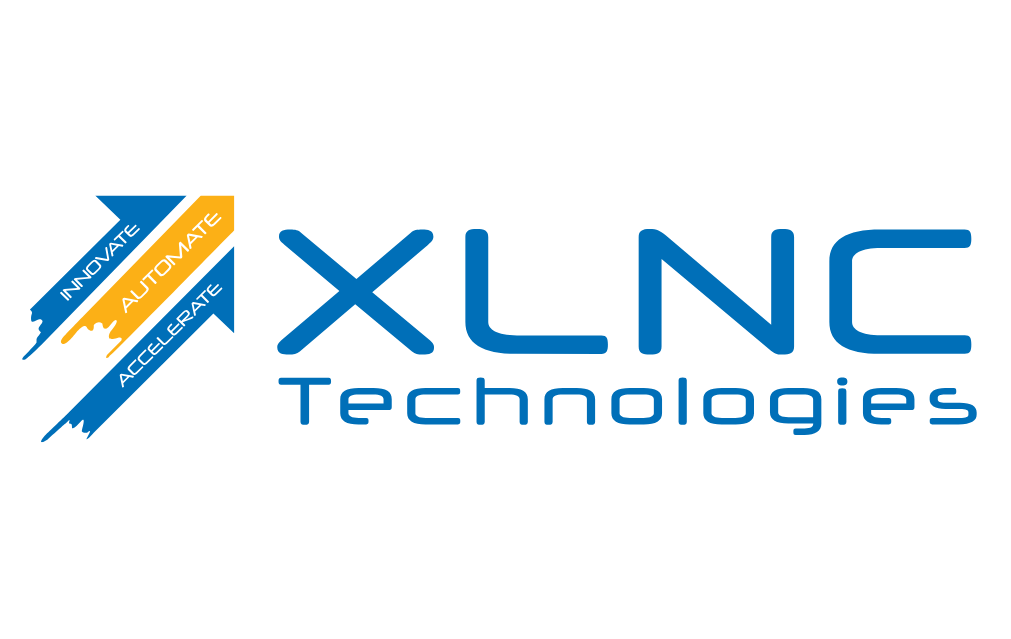As businesses worldwide witness drastic acceleration in digitization, organizations are swamped with massive data streams, pushing them to become more data-driven than ever before. Undoubtedly, data is emerging as a critical business asset, but its value depends on intelligently harnessing it to generate actionable insights to assist strategic decision-making.
Data and analytics capabilities have developed at lightning speed in recent years and increasingly fuel the adoption of data-driven strategies. A recent survey of industry-leading firms by Statista brings out interesting facts about the adoption state of big data and analytics in the year 2020 compared to 2019.

Statista
The survey results reinforced the pivotal role of data in reshaping corporate decisions, reimagining the competitive landscape, driving innovation, and building data-driven organizations. The survey revealed that 37.8 percent of respondents were able to create a data-driven organization in 2020.
What is a Data-driven Organization? Why has it Become a Business Imperative?
A data-driven organization fosters the culture of leveraging data and business intelligence to make all corporate decisions. Its goal is to design a structure where everyone in the organization approaches each decision by exploring and analyzing relevant data. It strives to make data-driven intelligence a natural component of the organizational workflow. Data-driven organizations encourage all stakeholders to base their daily business activities on data and insights instead of mere gut instinct. Besides, data-driven organizations are highly resistant to changes in the economy, technology, or competitive landscape and are operationally more predictable. Data helps organizations perform better by proactively highlighting the areas of improvement and providing insights to strengthen current and future decision-making. With continuous improvement and accurate forecasting, organizations enhance innovation, attain a competitive advantage, and become more profitable.
Let’s take a quick look at common characteristics of successful data-driven organizations.
- Centralized and Organized Data: Well-structured data from internal and external sources is aggregated centrally to serve as a single source of truth.
- Easy Data Accessibility: All the employees across departments have access to the necessary data and insights to improve their day-to-day decisions.
- Standard Policies to Govern Data Quality Set of policies & procedures help establish governance mechanisms, helping to maintain superior data quality for deriving data-based business intelligence.
-
- Integrated Data Analytics: Embedded data analytics tools encourage easy adoption and ensure seamless data correlation across functions to derive comprehensive valuable insights.
In these unprecedented times of constant change and transforming market dynamics, businesses experience the apparent need to embark on the data-driven journey. Today, businesses witness the accelerated urge to transform into a more agile and data-first organization that understands the value of data quality and how it can make or break a business in the new paradigm. Following are a few key drivers of this inevitable transformation:
-
- New Business Models: Data, machine learning, and artificial intelligence are revolutionizing the business landscape. Businesses are increasingly turning towards new data-powered business models to respond promptly to growing customer demands and rapidly evolving operational models. Innovative enterprises must leverage advanced analytics for transforming data into actionable insights through predictive analytics, real-time data stream ingestion, and data-driven recommendations to reimagine their business strategy.
-
- Mergers and Acquisitions: With mergers and acquisitions, businesses aim to enable synergies by integrating primary business functions and optimizing processes to create more value. However, migration and integration of business applications might make a massive undertaking for the IT team. Organizations using traditional data management approaches struggle to control the integration process efficiently. To ensure the commercial viability of such decisions, IT must develop and implement a structured integration process and employ flexible techniques such as data warehousing to seamlessly aggregate and organize data for enhancing the value of such strategic decisions.
-
- Technical Debt: Integrating complex divested systems and unsuccessful data migration create technical debt. An ineffective data management process across complex enterprise applications may require additional efforts if not evaluated correctly. However, warehousing solutions can rescue organizations from incurring technical debt by minimizing the efforts needed.
Barriers to Become a Data-driven Organization
The advantages of building a data-driven organization are apparent. However, companies still encounter some business and technical challenges on their way to becoming entirely data-driven.
Unstructured Data and Disconnected Systems
Organizations don’t lack data; the real challenge is massive volumes of unstructured data lying across siloed systems. The absence of standard data collection practices and traditional systems’ inability to manage the growing data volume, variety, velocity, and complexity is the underlying problem for many organizations. Moreover, it’s daunting to correlate and analyze disparate data from multiple sources stored across functional silos and business applications to add value to the business eventually.
Low Quality and Inaccessible Data
Low data quality is one of the primary reasons behind the organizational reluctance to utilize data to support decision-making. Due to the lack of continuous and systematic data management, data becomes highly noisy, and insights based on incorrect and incomplete data tend to be faulty. Furthermore, employees also face data accessibility issues considering data is stored in functional silos. Contradictory to the modern automated data management approach, most departments in a traditional organization maintain data manually instead of system utilization. The absence of centralized data restricts data outreach, making it difficult for decision-makers to collaborate and plan as one unit.
Limited Interpretation.
As data sources grow, getting a comprehensive view of a variety of data is critical for effective data interpretation. The inadequate visualization capabilities make comprehending inventory data, production information, employee performance data, financial transactions data, or vendor data, difficult and hamper strategic planning. Additionally, the inability of outdated systems to process real-time data to gain insights into the processes proactively makes it difficult to identify relevant data points to aid decision-making.
Insufficient Actionable Insights to Support Decision Making
Organizations lacking advanced analytics capability fail to unlock the power of artificial intelligence and machine learning to gain better insights much faster. AI-powered systems help to streamline data aggregation from multiple sources automatically, correlate data points, recognize data patterns, and present data intuitively to leverage real-time insights for driving actions. However, traditional organizations approaching data analysis manually or via outdated systems find it impossible to gain real-time actionable insights to support decision-making.
Lack of Data-driven Culture
It takes more than the right technology and business strategy to become a data-driven organization. Most organizations are still struggling to build a data-driven culture and face situations where employees base decisions on gut feeling instead of data-derived facts. There is prevalent skepticism in considering data as the primary corporate resource for leveraging insights across the organization. Besides, business stakeholders view data as the IT department’s territory and are hesitant to collaborate in the data management and analysis process, limiting the adoption of data analytics tools.
Roadmap to Transform Into an Intelligent Data-driven Organization
With technological advancements in data analytics, it’s becoming increasingly possible for companies of all sizes across different industries to overcome the above-stated challenges and become data-driven. Organizations planning to embark on a data-driven journey must implement the following critical steps to fast-pace their transformation journey.
Define Clear Data & Analytics Strategy to Transform Organizational Culture
It is essential to have a well-defined data and analytics strategy in place. A clear understanding of the importance of data and analytics across the organization is necessary to transform organizational culture and democratize data. A cultural shift is imperative to change people’s mindsets towards viewing data as the organization’s strategic asset and embracing it as a critical component in daily operations. A data-driven strategy backed by the top management brings data, people, resources, and decision-making together. It encourages everyone to embrace common data frameworks and tools to avoid any pitfalls along the data-driven journey. Data culture thrives when everyone in the organization has instant access to the correct information at the right time. It’s critical to make data accessible and break down barriers to becoming data-driven.
Integrate Automatic Data Management Tools
Sound data management is the cornerstone of a data-driven organization and lays down the concrete foundation for an effective analytics strategy. Continuously improving data quality through constant data validation, hygiene checks, and quality control is crucial for leveraging data to enable scientific decision-making. Implementing an automated data management system replaces manual data logging, management, and maintenance processes and eliminates data errors and duplication. Smart data management tools also allow seamless data integration and data governance to monitor and secure sophisticated data and information.
Implement Cohesive Data Analytics Platform for Better Decision Making
An intelligent data analytics software is necessary to simplify the big data analysis, execute heavy lifting of data science and complex calculations to enable scientific decision-making. Business leaders need a constant flow of data insights to innovate, develop new business models, product offerings, and revenue streams, plan operations, and maintain a competitive edge. Modern data analytics software with embedded advanced analytics capabilities such as predictive analytics and data-driven recommendations give more power in the hands of the decision-makers. Smart data analytics solutions help visualize data in easy-to-understand formats, such as charts and graphics, and customized reports and dashboards give a bird’s eye view of mammoth data at the click of a button. Therefore, such solutions are essential to eliminate complexity and help in focusing on critical information. Besides, business users can use these solutions to configure metric-driven notifications or customized alerts for proactive response management and process improvement.
Embark on Your Data-driven Journey with Experts
The writing is on the wall; organizations that will leverage data for improved decision-making will emerge as winners in today’s digital world characterized by uncertainties. Modern businesses using advanced analytics solutions to monitor, analyze, and respond to changing conditions faster than the competitors will certainly gain a competitive advantage.
Author :Hariharan Ramakrishnan leads the Digital and Analytics services at MothersonSumi INfotech & Designs Limited (MIND)



































